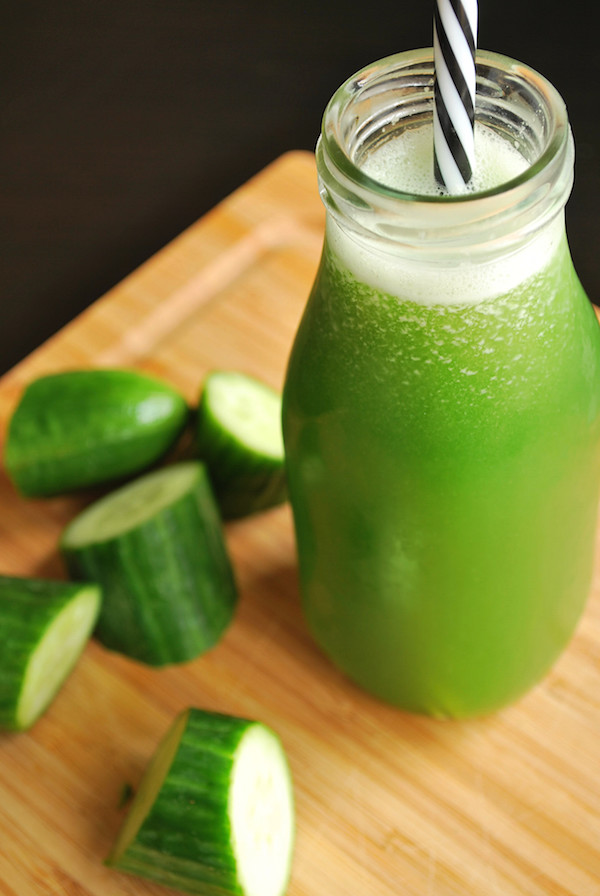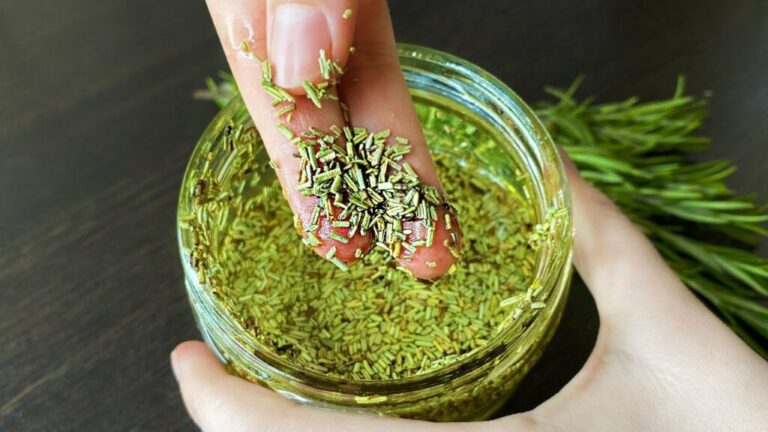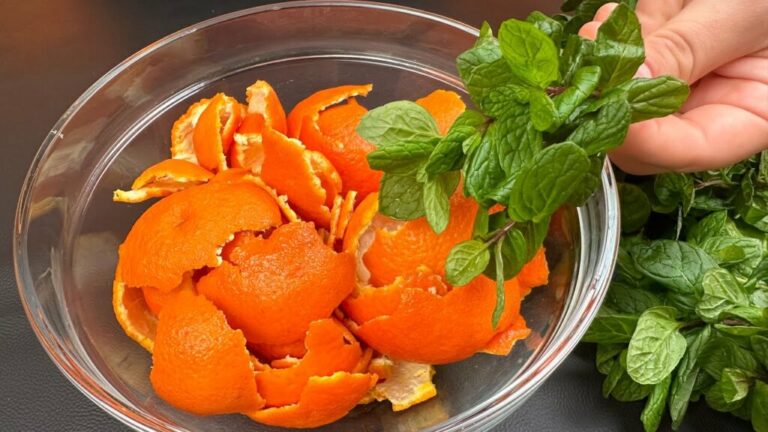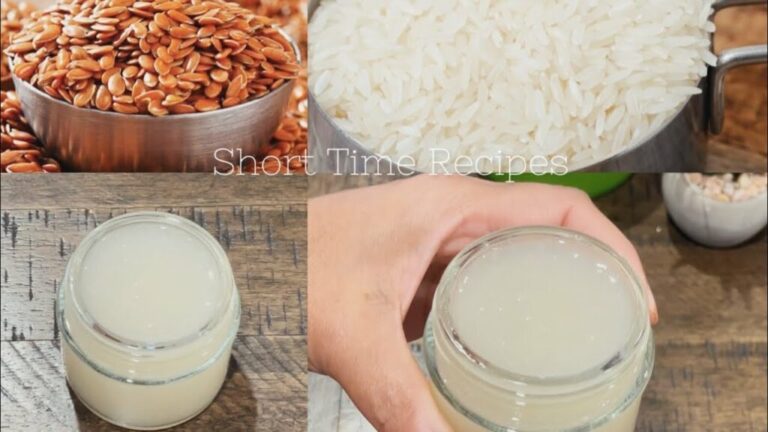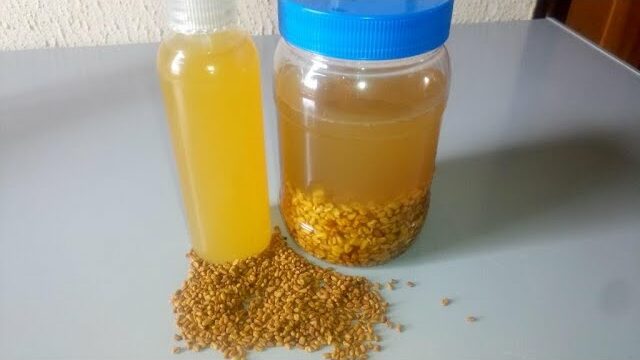Lemon peels are often discarded without a second thought, but they’re packed with beneficial compounds and versatile uses. From cleaning to skincare, here are 12 unusual ways to use lemon peels that will make you think twice before tossing them away!
1. Natural Air Freshener
Lemon peels can be used as a natural air freshener to bring a refreshing citrus scent into your home. Simply simmer a few lemon peels in a pot of water for an hour, and the steam will fill your space with a fresh, clean smell.
2. Homemade Lemon Vinegar Cleaner
Combine lemon peels with white vinegar for an all-natural cleaning solution. Place the peels in a jar, fill it with vinegar, and let it sit for two weeks. Strain the liquid and transfer it to a spray bottle for a powerful, eco-friendly cleaner that works on counters, floors, and bathroom surfaces.
3. Keep Insects Away
Lemon peels can act as a natural insect repellent. Place dried lemon peels in areas where ants, flies, and mosquitoes are common, such as windowsills or doorways. The strong citrus scent keeps bugs away without chemicals.
4. Refresh Cutting Boards
Rub lemon peels directly on your cutting boards to remove stains, odors, and bacteria. The acidity of lemon helps sanitize the surface, while the peel’s natural oils condition the wood.
5. DIY Lemon Scrub for Skin
Lemon peels are rich in citric acid and vitamin C, making them great for exfoliating and brightening the skin. Mix finely grated lemon zest with sugar and coconut oil to create a natural scrub that leaves your skin glowing and smooth.
6. Make Lemon Zest
Before discarding lemon peels, zest them to use in your favorite recipes. The zest adds a burst of citrusy flavor to desserts, marinades, salads, and dressings. You can also dry the zest and store it for later use.
7. Flavor Olive Oil
Create a gourmet lemon-infused olive oil by adding lemon peels to a bottle of olive oil. Let the mixture sit for about a week, and you’ll have a fragrant oil perfect for drizzling over salads, vegetables, and fish.
8. Natural Deodorizer for Trash Cans
Place lemon peels at the bottom of your trash can or compost bin to neutralize odors. As they decompose, they release a fresh citrus scent that keeps unpleasant smells at bay.
9. Whiten Teeth Naturally
Lemon peels contain d-limonene, a compound that can help remove surface stains from teeth. Gently rub the white part of a lemon peel on your teeth for a minute, then rinse. However, use sparingly, as the acidity of lemon can wear down enamel if overused.
10. Shine Chrome Faucets
Rub lemon peels on chrome fixtures, such as faucets and showerheads, to remove water stains and restore their shine. The citric acid in the peel helps break down mineral deposits, leaving your fixtures sparkling.
11. Soothe Sore Throat
Lemon peels have antibacterial properties that can help soothe a sore throat. Boil lemon peels in water for 10 minutes, strain, and drink the liquid with a little honey. It’s a natural, soothing remedy for colds and throat irritation.
12. Deodorize Your Fridge
Place lemon peels in a bowl inside your refrigerator to absorb unpleasant odors. You can enhance the effect by sprinkling baking soda over the peels for extra freshness.
Bonus Tip: Lemon Peel Powder
Dry out lemon peels and grind them into a fine powder. Lemon peel powder can be used in baking, teas, face masks, or even cleaning products. It’s a concentrated way to make the most of their nutrients and aroma.
Final Thoughts
Lemon peels are versatile and full of beneficial properties, so instead of throwing them away, start incorporating them into your home, cleaning routine, and even skincare! These 12 unusual ways will help you maximize the potential of lemon peels and reduce waste in the process.

